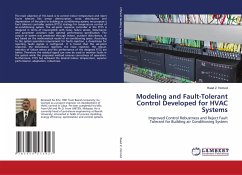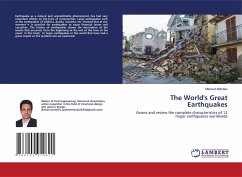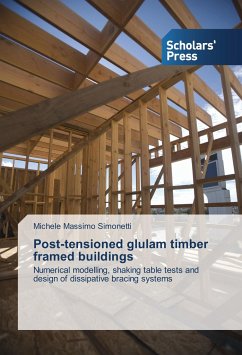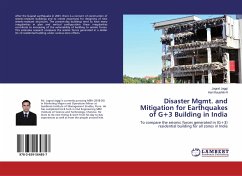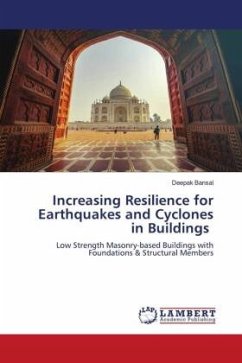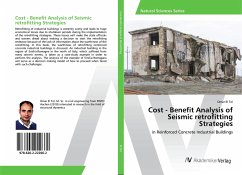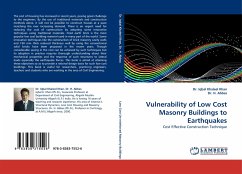
Seismic assessment of buried tunnels under near-fault earthquakes
Versandkostenfrei!
Versandfertig in 6-10 Tagen
41,99 €
inkl. MwSt.

PAYBACK Punkte
21 °P sammeln!
Over the time, the use of underground structures has increased in different cities. Statistics have revealed that underground structures are less vulnerable than on the ground ones while subjecting to earthquakes, but the recent earthquake records and their damage repudiate this view. In this regard, buried structures, like tunnels, locating in the vicinity of active faults ought to be strengthened against both static and dynamic loads. In this book, the effects of near-field earthquakes, as one of the most disruptive loads, on a case study are considered. The effects of different factors such...
Over the time, the use of underground structures has increased in different cities. Statistics have revealed that underground structures are less vulnerable than on the ground ones while subjecting to earthquakes, but the recent earthquake records and their damage repudiate this view. In this regard, buried structures, like tunnels, locating in the vicinity of active faults ought to be strengthened against both static and dynamic loads. In this book, the effects of near-field earthquakes, as one of the most disruptive loads, on a case study are considered. The effects of different factors such as the tunnel depth, the tunnel diameter, the tunnel lining thickness and overhead load on the tunnel's internal forces, tensions and displacements are evaluated. In addition, the effect of presence of the tunnel on surround soil is considered.



